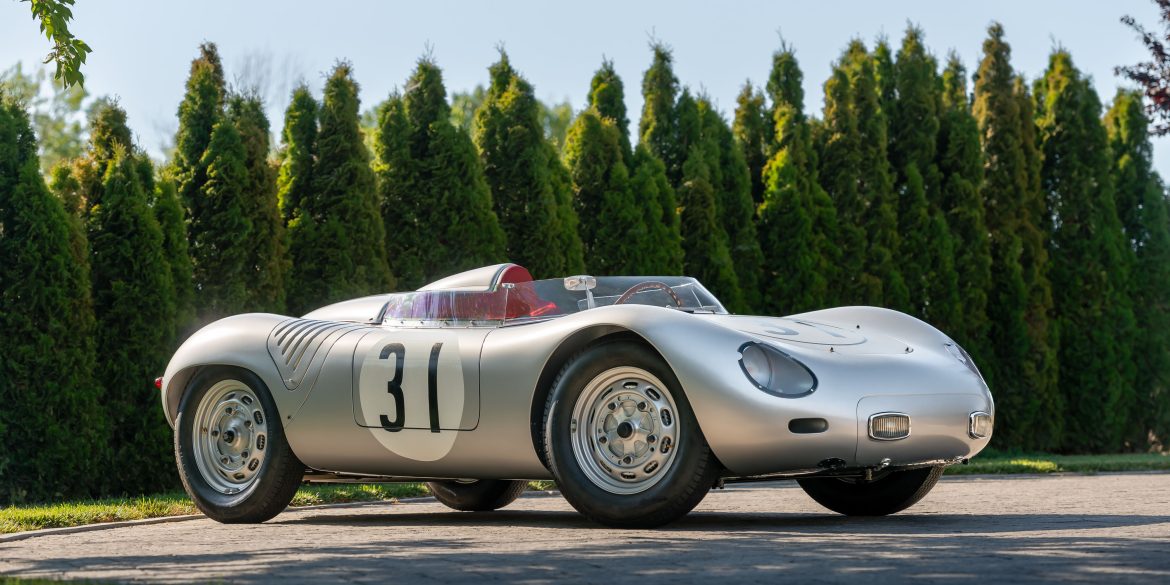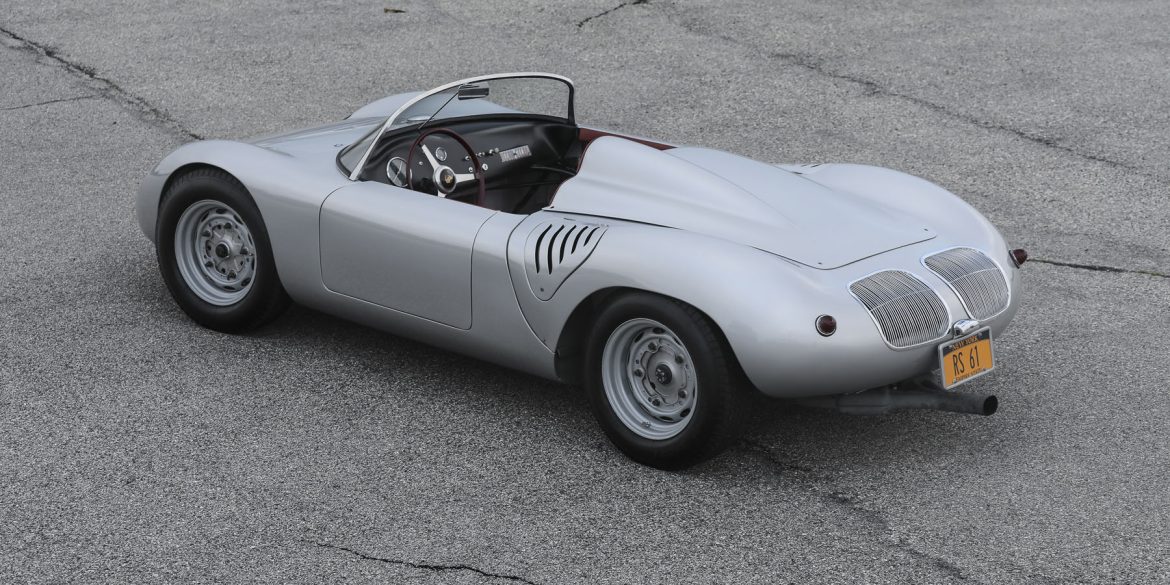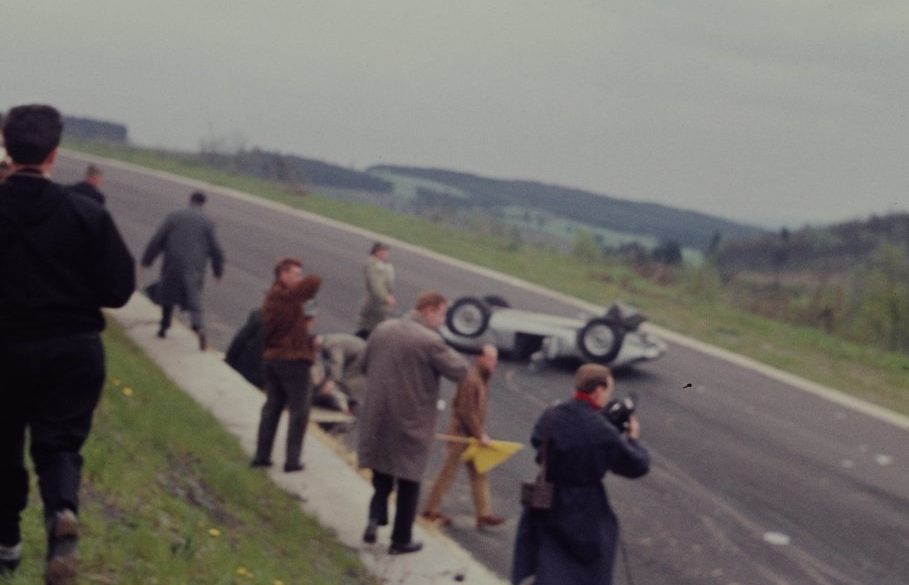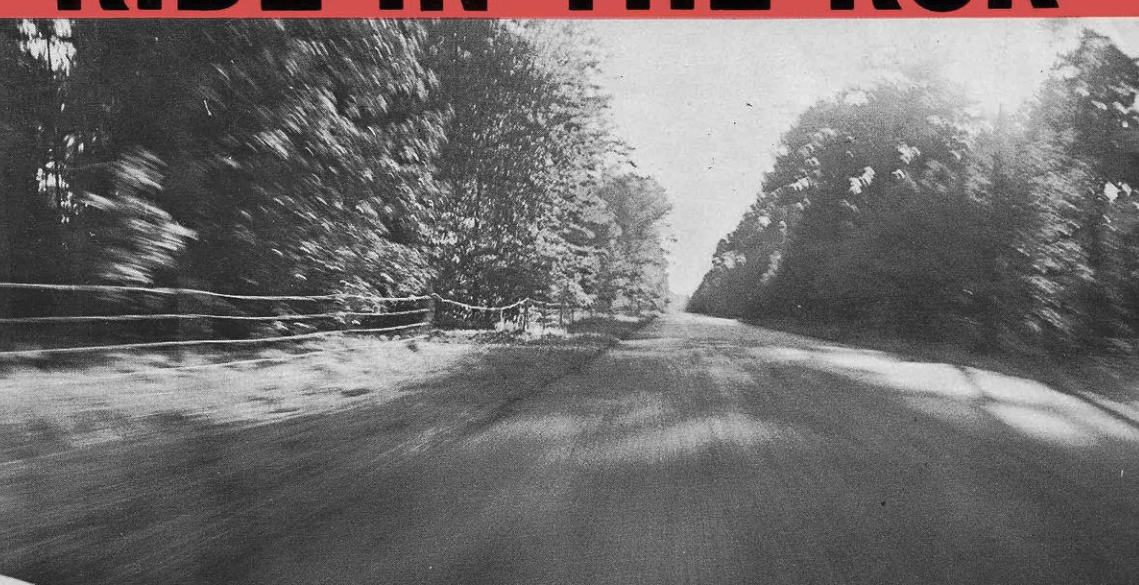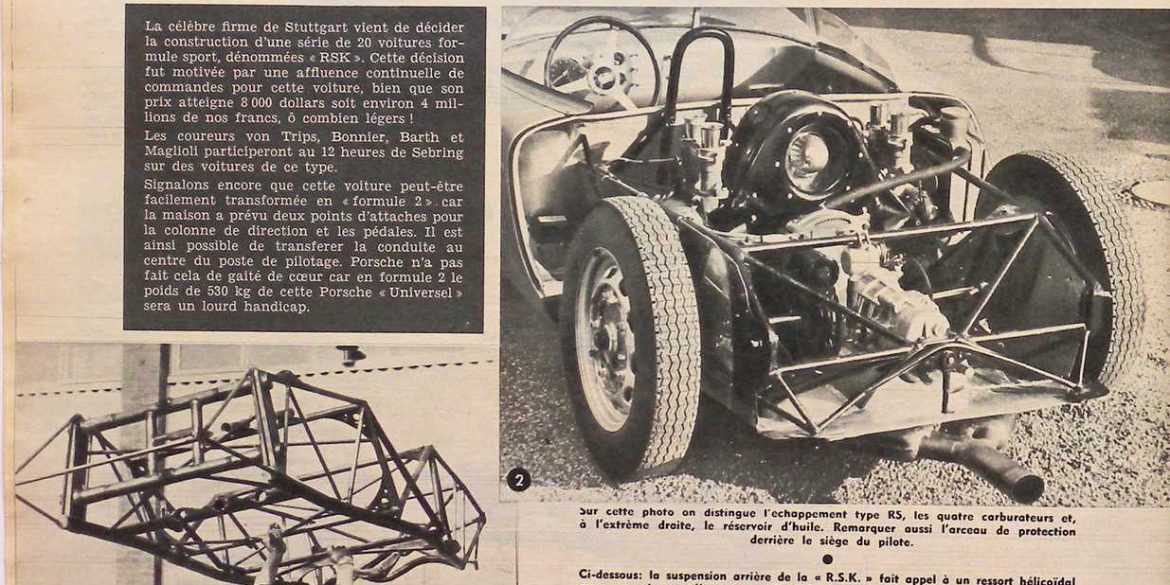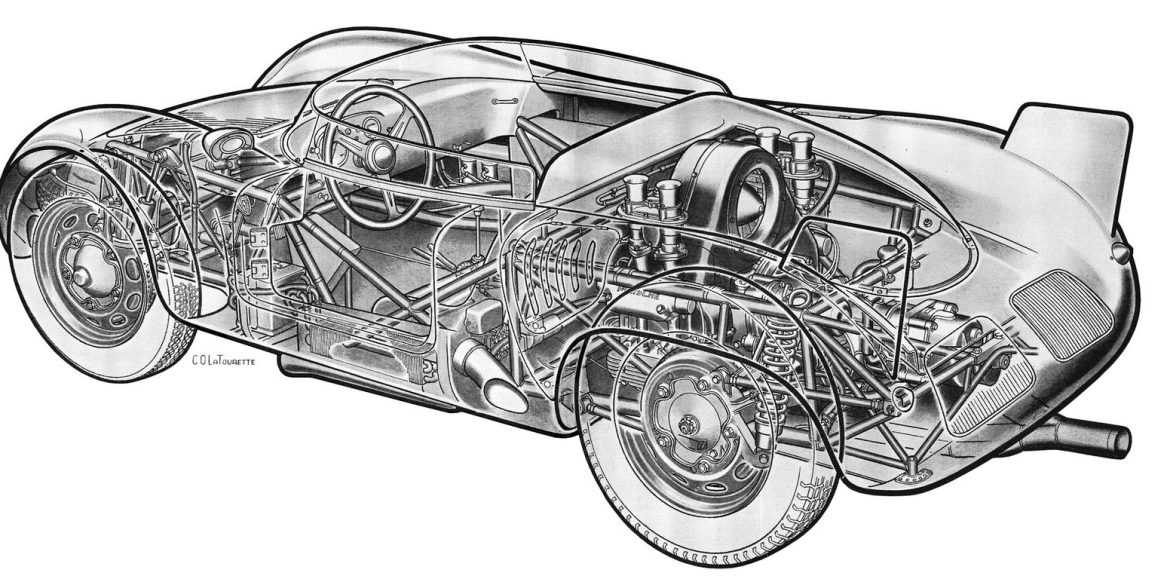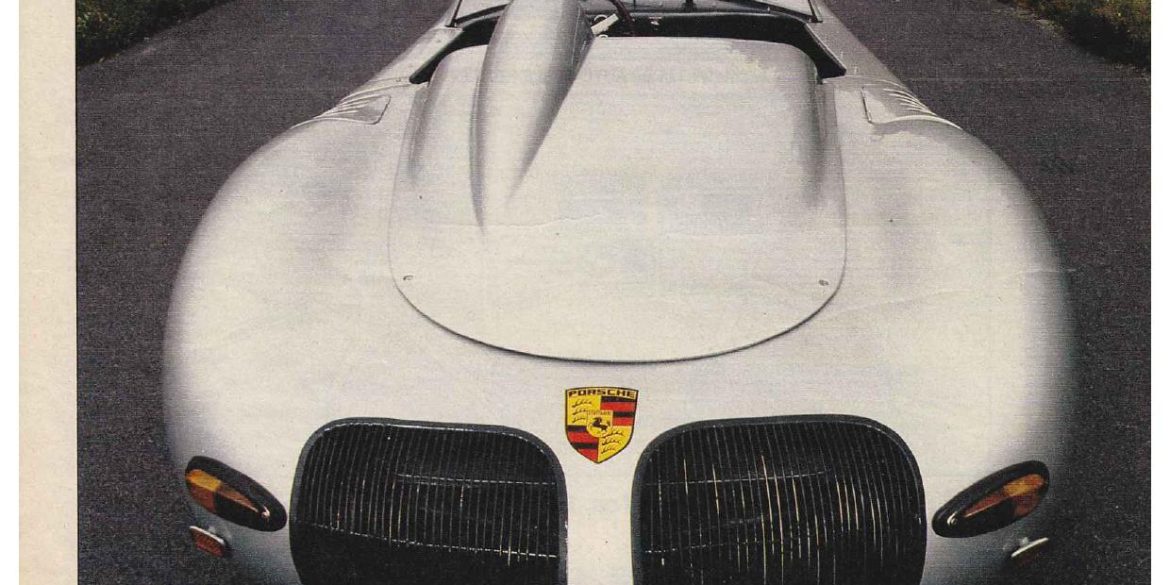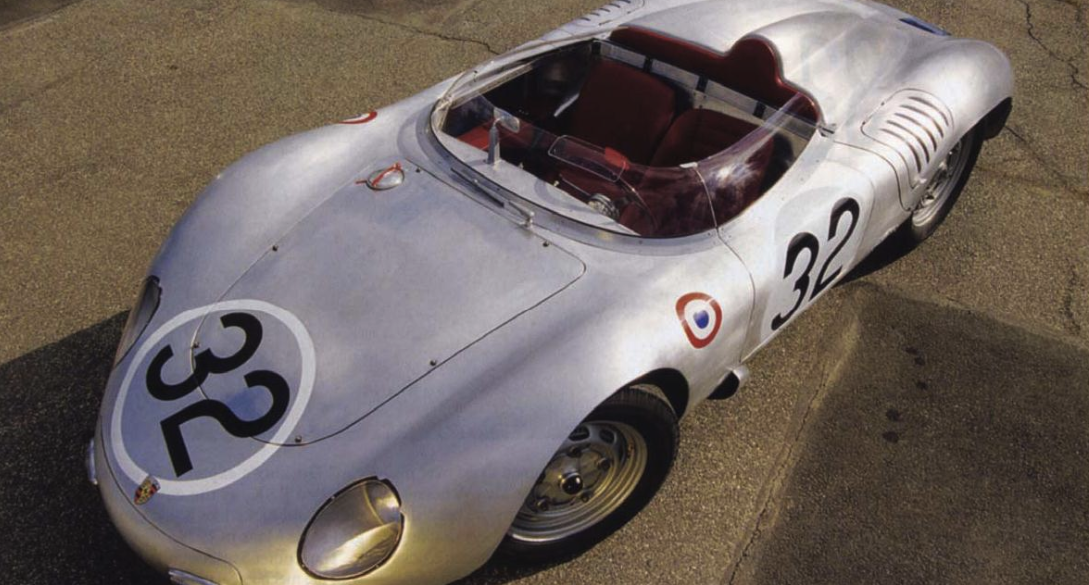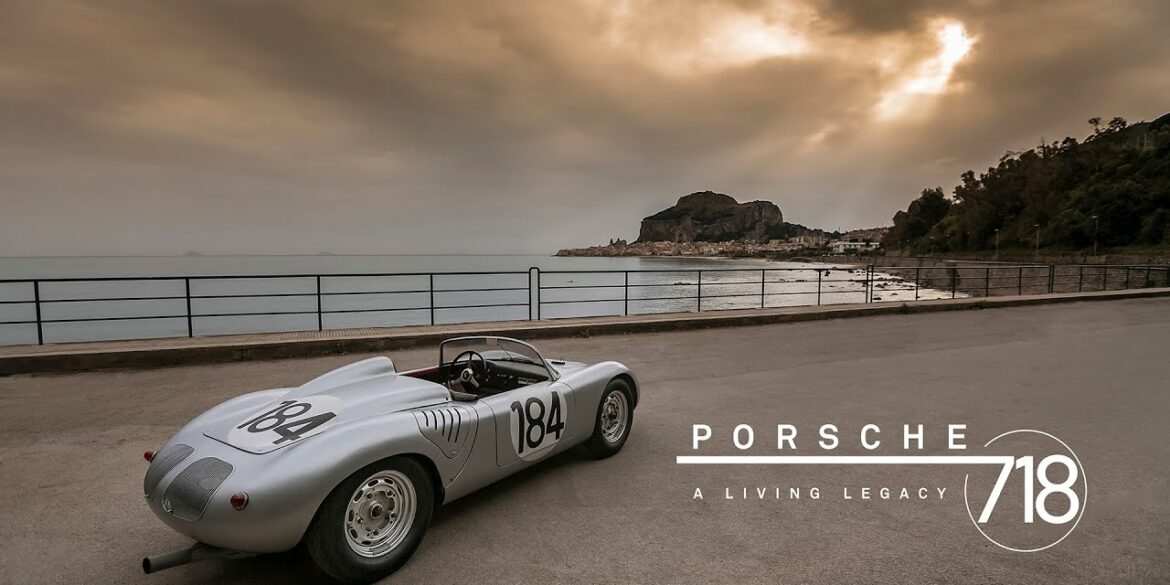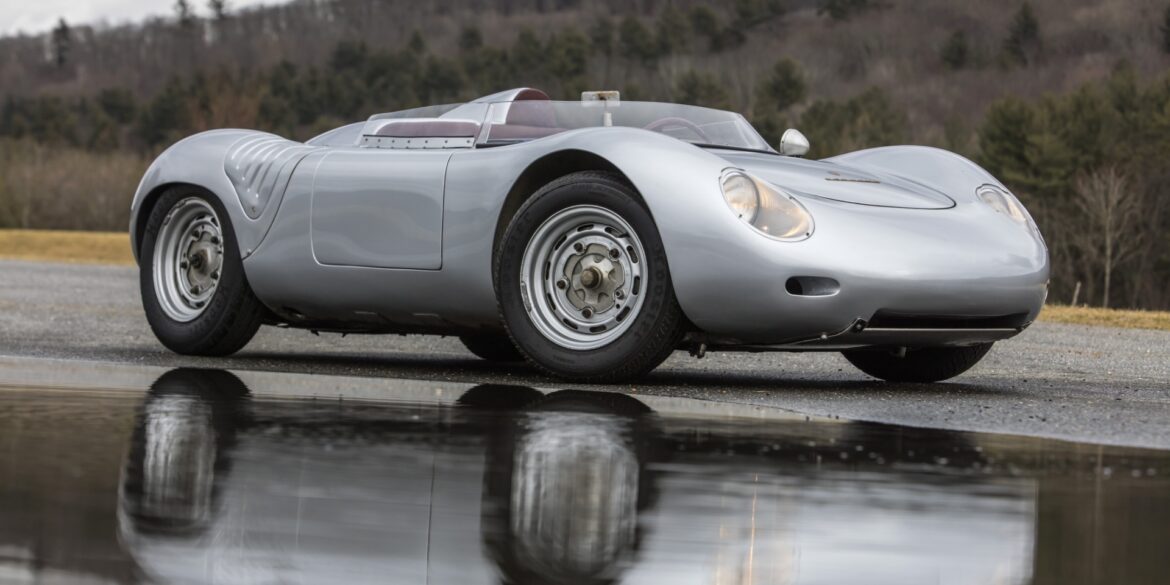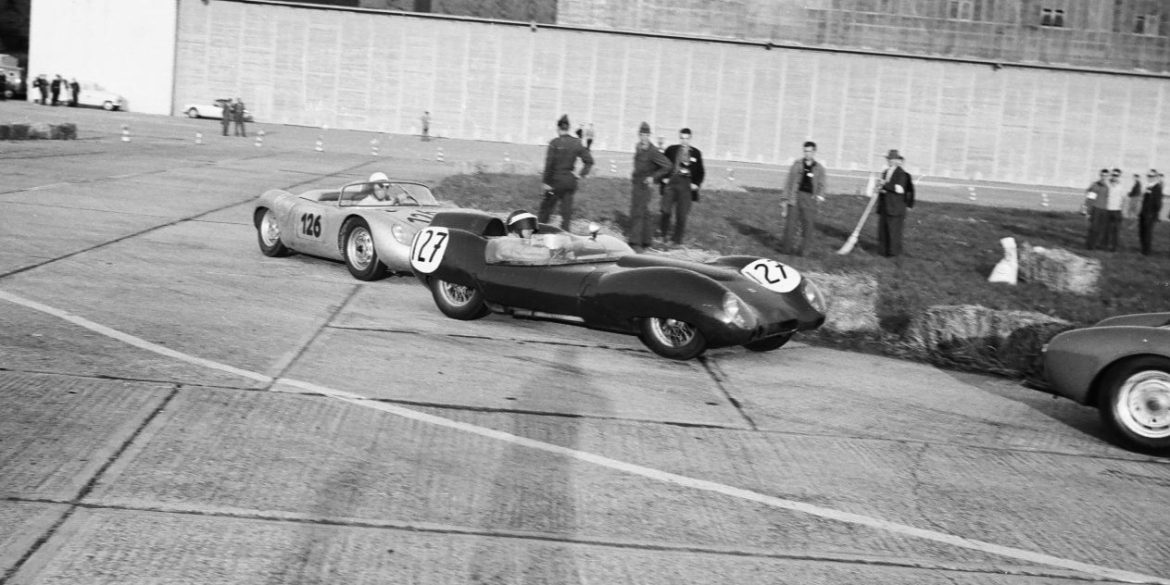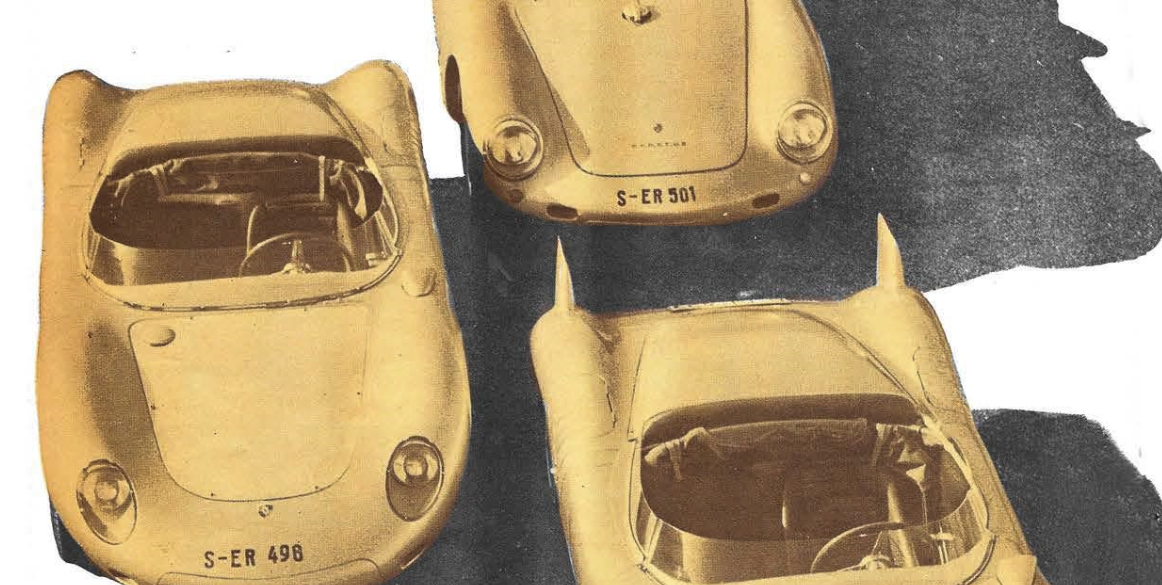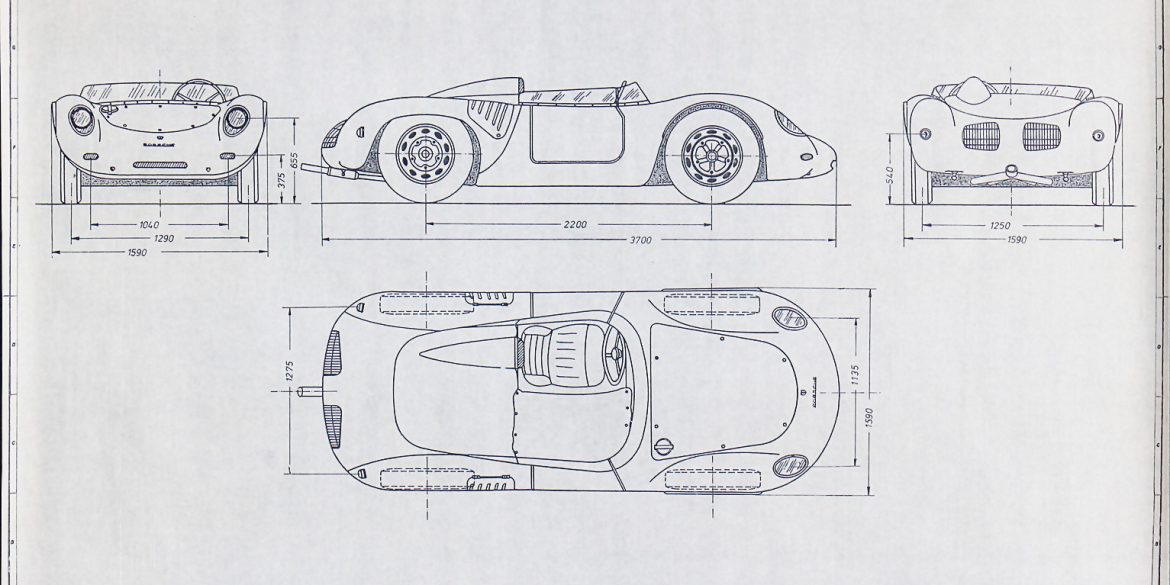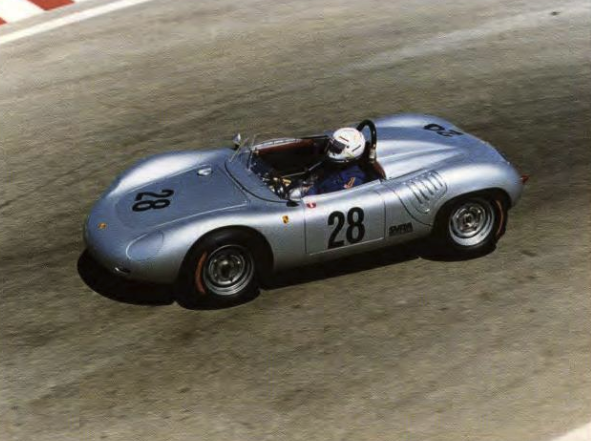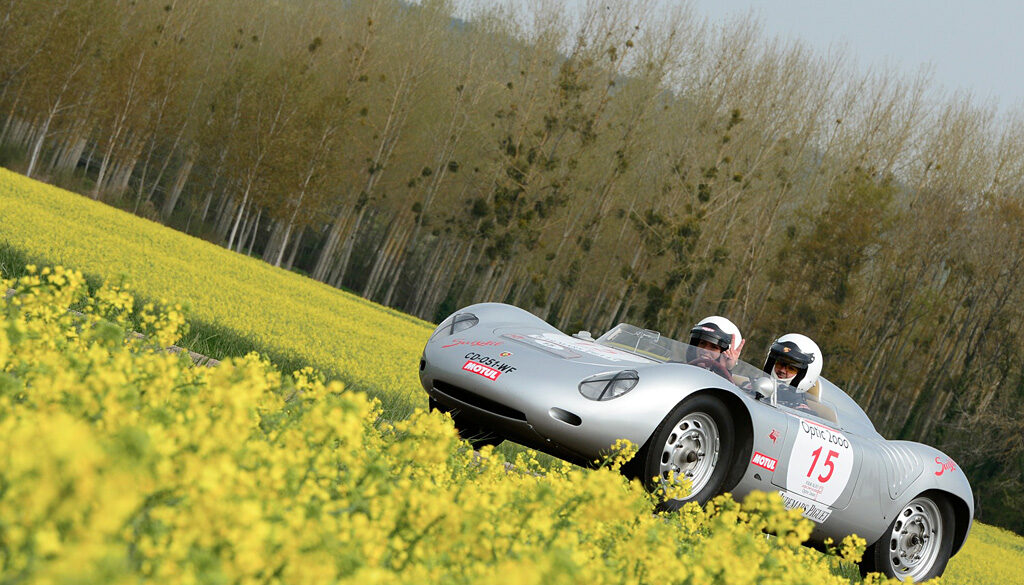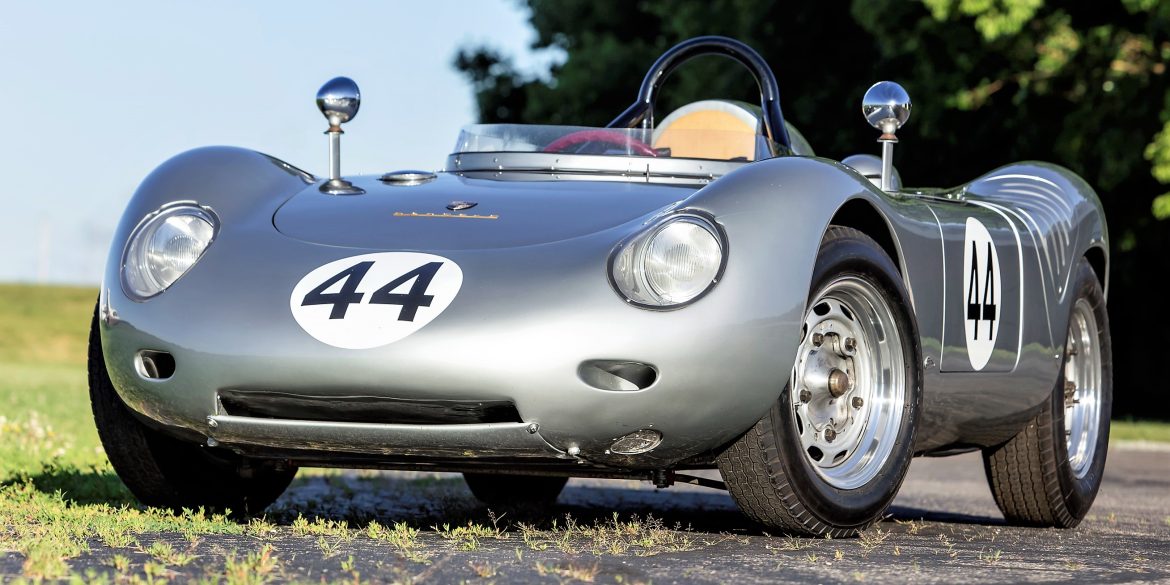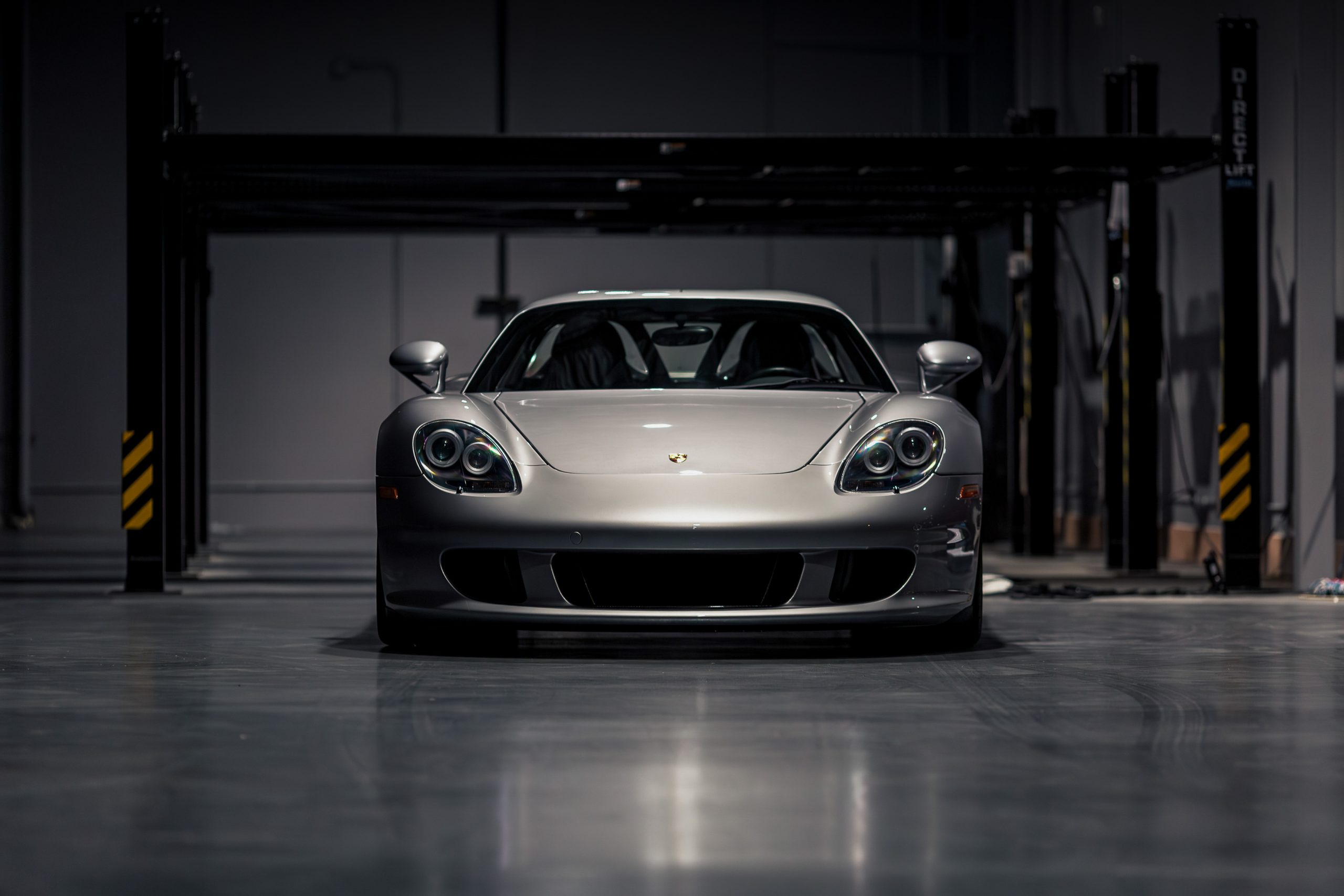The successor to the 550 A made its debut in 1957 as the 718 RSK. Motorsport and technology were closely intertwined in its name. While the “RS” stands for “race sport”, the “K” referred to the newly developed front torsion bar springs. They were arranged in the form of a...
Along came a Spyder Unveiled in January 1960, the RS60 represents the ultimate evolution of Porsche’s aluminum-bodied, four-cam Spyder – an iconic series of sports racing cars originating with the Type 550 in 1953. The RS60 was, in essence, a refined version of the highly successful works RSK built for...
On May 3, 1959, Christian «Bino» Heinz started at GP Spa, in his Porsche 718 RSK under number 20. On one of the first laps, at the apex of the well-known Eau Rouge turn, the pilot lost control of the rear axle of his car…...
Porsche 718: A Living Legacy Once you get it on song, get up to 7,000-plus-revs, it was absolutely amazing – Derek Bell ...
Jerry Seinfeld and his 1959 Porsche 718 RSK Marvel at the power and pure joy as Jerry Seinfeld navigates the streets of Los Angeles in a car that took the racing world by storm – The 1959 Porsche 718 RSK. This aluminum beauty will be proudly offered at our Amelia...
No Subscription? You’re missing out Get immediate ad-free access to all our premium content. Get Started Already a Member? Sign in to your account here....
Internationales Flugplatzrennen Klagenfurt, 1960 (Austria). Second stage Cup der Österreischen Flugplatzrennen der ÖASC. Joseph (Sepp) Greger (on the photo — behind the driver) in a fight with David Piper and his Lotus 15 (№127). Porsche, having lost control, flies off the track at high speed and crashes into the parked...
Porsche 718 RSK Spyder Pictures Not only is the 718 RSK Spyder one of most successful sports racers of it’s era, winning at Le Mans, Sebring and the Targa Florio in Italy, but it is also one of the most gorgeous race car designs ever. As you can see in...
Porsche created the single-seat 718 RSK Mittellenker (center steering) to compete in Formula 2 racing. The body differed from the 718 2-seat sports racer only to accommodate the central driving position, with revised seat, steering, shifter and pedal placement, and the aerodynamic fairing behind the driver’s head moved from the left to the middle. Instead of having a full-width cockpit, the body sides were extended toward the center to create a space solely for the single driver, with a short, wrap-around windshield.


